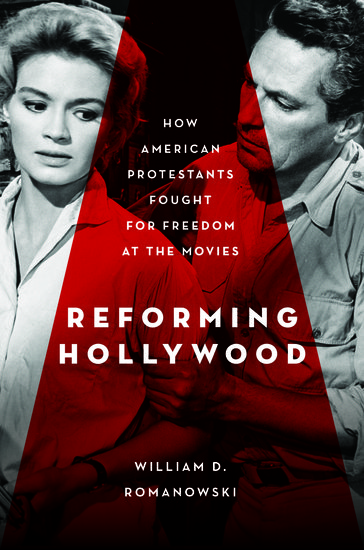Everyday Narnia: the language of another world
There is little doubt that “Narnia” has effectively entered the English language and that references to a “wardrobe” or “wardrobe door” have been given additional meanings by C. S. Lewis: any reference to it requires no explanation simply because everyone knows.






